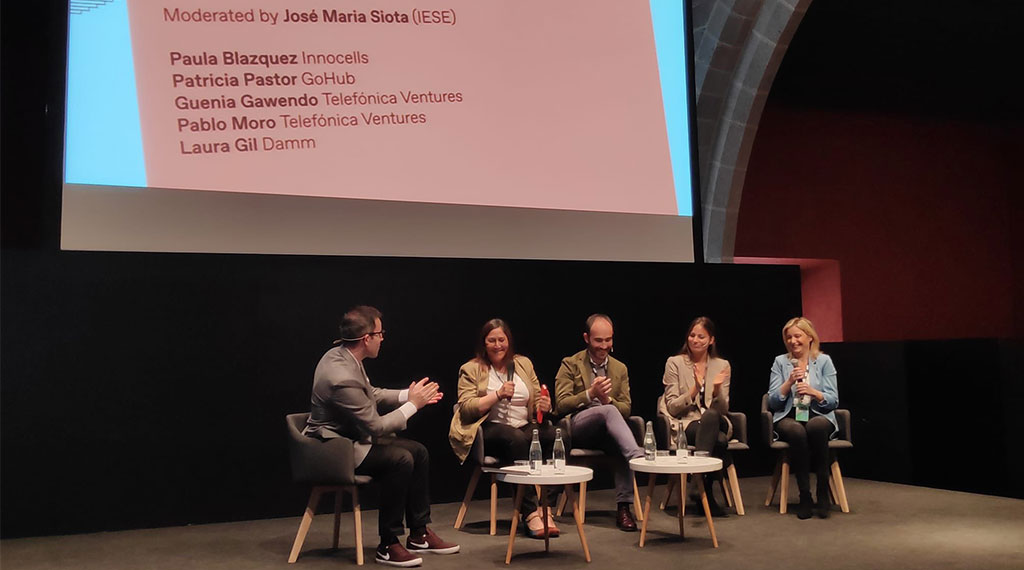Stories
Start-ups Can Help Your Firm Get Off the Ground
Prof. Julia Prats publishes a guide to foster shared innovation
February 9, 2017

Even though big corporations and start-ups might seems to be at opposing ends of the spectrum, new models of collaboration are starting to emerge to drive innovation in products, services and technology.
Corporate Venturing is the different types of bridge-building between well-established big corps and start-ups. And the concept is catching on.
Global giants such as BMW, Google, Unilever, Telefónica or Accenture are already working with start-ups, according to the study, Corporate Venturing: Achieving Profitable Growth Through Start-ups
Published by mVenturesBcn and led by Júlia Prats, IESE professor of Entrepreneurship (and theBertrán Foundation Chair of Entrepreneurship), the study is a sort of how-to guide for corporate venturing.
It advocates three clear steps that companies must follow to successfully collaborate with start-ups:
1. Set-up objectives;
2. Build a venturing strategy;
3. Define the organizational strategy and resources.
“The question is not whether to capture innovation,” say the authors, “but how.”
10 Ways to Collaborate
There is a multitude of different tools that companies can deploy in corporate venturing. Among these are:
- Sharing resources: granting startups access to useful tools and materials while the established corporations get closer to the entrepreneurial ecosystem.
- Challenge prize: An open competition that focuses on a specific issue, offering an incentive to field innovators to develop the best solution.
- Hackathon: A focused workshop where software developers come together to collaboratively find technological solutions to a corporate innovation challenge.
- Scouting mission: The established company appoints an individual within a given industry to scope out innovation opportunities in alignment with the corporate strategy.
- Strategic partnership: Alliances between established corporations and startups can take many forms including the co-development of products and services and the venture client.
- Excubator: A combination of an incubator and accelerator, it functions as an external venture builder for an established corporation.
- Corporate incubator: This includes mentoring and value-added services to support entrepreneurs building viable, market-ready ideas.
- Corporate accelerator: Short or medium-term support offered to cohorts of startups via mentoring, education, work space and more.
- Corporate venture capital: Corporations use direct equity investments to target startups of strategic interest.
- Acquisition program: Established firms purchase startups in order to access their products.
Building Bridges
This kind of collaboration exposes strengths and weaknesses in both established companies and start-ups.
Corporations have financial clout, the technical and human resources and the market demand to push innovation through to market reality. That said, they oftentimes lack the agility and the entrepreneurial or disruptive mind-set that characterizes smaller organizations.
In the entrepreneurial ecosystem there is an abundance of ideas, talent and an appetite for risk. There’s also a need for investment in projects, and the financial backing to keep developing ideas in the early stages.
It was only a matter of time till these two worlds found each other.
More information in IESE Insight


